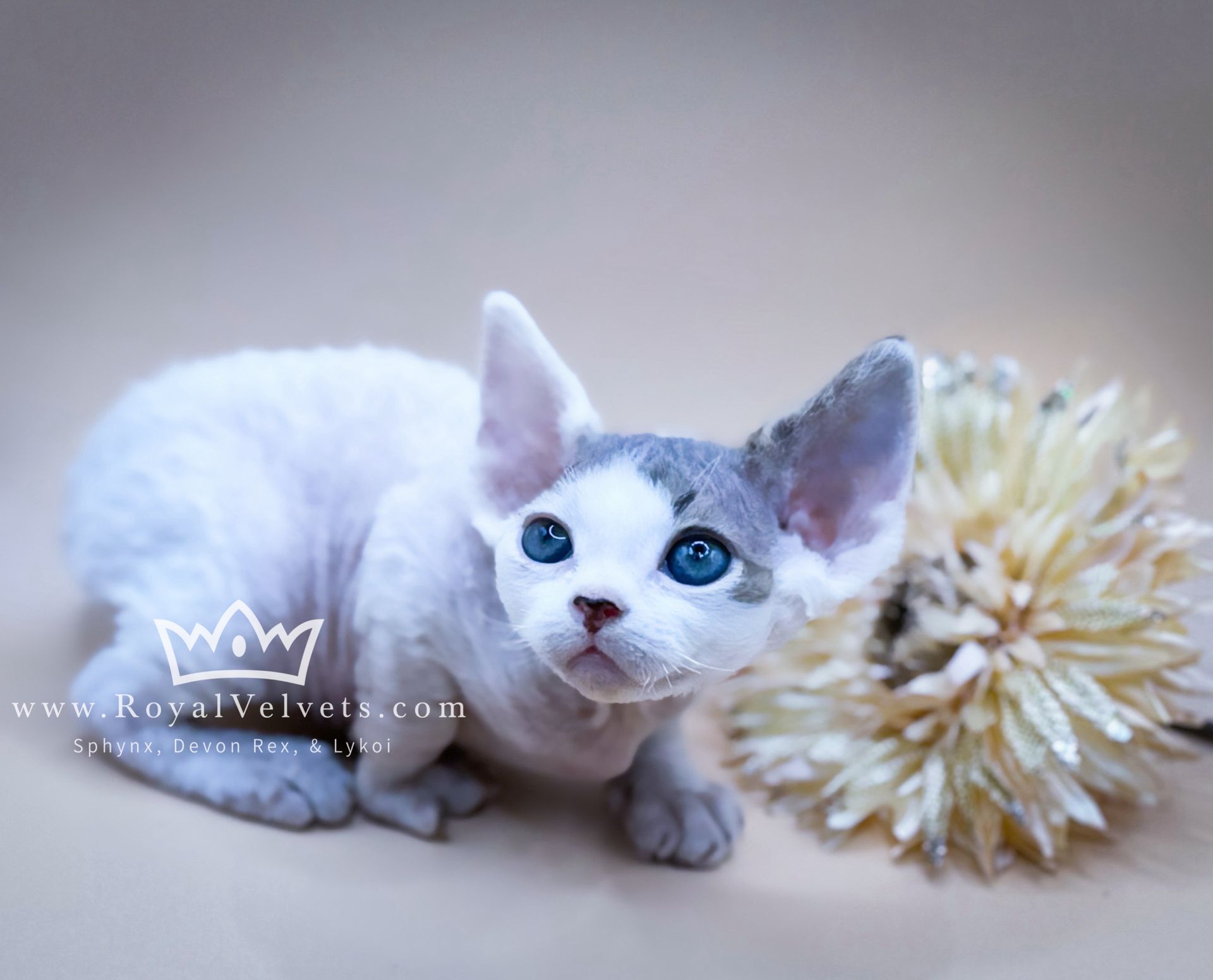Bringing home a new kitten is such a joyful and exciting experience—but it can also come with a lot of questions, especially when it comes to litter box training. Thankfully, if you’re bringing home one of our kittens, they’re already litter box trained! However, continuing their good habits at home depends on setting them up for success with the right kind of setup.
Start Simple: The Only Litter Box You Need Right Now
We train all of our kittens on a standard, open, rectangular litter box filled with pine pellet litter. It’s natural, safe, effective, and easy for kittens to use. We strongly recommend continuing this exact setup when your kitten first comes home.
Avoid the temptation to use:
- Covered or lidded boxes
- Top-entry or flat entry boxes
- Fancy self-cleaning or automatic litter boxes
These styles can confuse or even frighten a kitten who’s adjusting to a brand-new environment. It’s essential to keep things familiar and straightforward during this important transition.
Why Not Covered or Automatic Boxes?
Covered boxes may trap odors and make the experience uncomfortable or intimidating for a kitten. Top-entry boxes can be physically challenging for tiny legs, and automatic litter boxes can be downright dangerous for small kittens.
In fact, many off-brand automatic boxes have caused serious injuries—and in rare cases, even deaths—because they cycle while the kitten is still inside or don’t properly detect that the box has been used. Many automatic boxes are also simply too large or high for a small kitten to comfortably access.
When You’re Ready to Transition to Something New
We understand that long-term, some families prefer different litter box styles. Once your kitten has fully settled into their new home and is reliably using their box, you can start introducing a new litter box setup. The safest and most effective way to do this is:
- Set the new box beside the old one. This gives your kitten the opportunity to explore it on their own.
- Place a small amount of used litter or a piece of feces from the old box into the new one. The scent helps them understand its purpose.
- Use a kitten attractant litter if your new box takes a different type of litter.
Let your kitten explore the new setup at their own pace. Some kittens may switch quickly; others may need a bit more time. Just be patient and keep both boxes available during the transition.
Your Kitten’s Comfort and Safety Comes First
Every kitten deserves a safe, easy-to-use, and familiar bathroom setup—especially in those first few weeks at home. Sticking with the basics and avoiding complications is the best way to ensure a smooth adjustment. Once your kitten is confident and comfortable, you can always upgrade or transition later.
Have questions about litter boxes or anything else kitten-related?
We’re always here to help!


